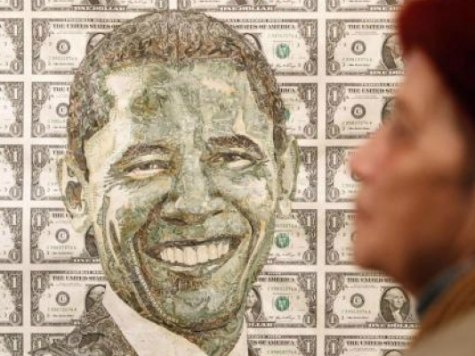Wouldn’t that be a good way to jump start the economy?
Sheila Baer, chairman of the Federal Deposit Insurance Corp. during the Crash of 2008, was a lonely voice of sanity at that time. In 2012, she wrote an article for the Washington Post poking fun at the Fed for what it had been doing. It was entitled ” Fix Inequality With $10 Million Loans For Everyone.”
Why not, she said, expand the Fed’s current welfare system for banks, financial firms, and wealthy investors to everyone else? Why not, in short, create sufficient new money to lend every US household $10 million at zero interest rates?
You might object: how will we pay the money back? But don’t worry. You won’t spend this money. You will just invest it.
If you invest it in ten year US bonds today, you will earn $300,000 a year, which should be enough to pay down your other debts and get you spending again. If you want to be adventurous, you can invest in foreign bonds paying much more than 3%. Some of these bonds would pay you more than $1 million in interest per year.
You won’t be the only one to benefit. All the spending will create new jobs. In a stroke, unemployment will no longer be a problem. And the government will be able to say good bye to deficits, because there will be a gusher of new tax money coming in.
Sheila Baer remained tongue-in-cheek in her article. But lest someone think it is actually a good idea, let’s briefly review what is wrong with this happy picture. If the Fed did loan each household $10 million of newly created money, everyone’s income would soar, and so would consumer demand. But the supply of goods and services would remain the same, or perhaps even collapse because many people would decide to retire and enjoy their new wealth.
With demand for goods and services soaring and supply shrinking, the prices of everything we need would soar too. Before long, we would find that our fabulous new incomes wouldn’t buy any more than our old ones did.
Unfortunately, creating new money doesn’t create new wealth. It is like pouring water into a bowl of milk and pretending that you have more milk.
OK, you might say, if this is true, why hasn’t the Fed already created runaway inflation? Hasn’t it created trillions of new dollars since the Crash?
Here is the answer. If the Fed had lent millions directly to consumers, or perhaps just dropped new dollar bills from airplanes (a variant on an idea mentioned by retiring Fed chairman Ben Bernanke), inflation would be inescapable.
But the Fed didn’t do that. Instead, it made its money available to financial institutions and indirectly to the government. The financial institutions devised numerous imaginative ways to make money on the new money, but very little of it got into the hands of middle class consumers, the people who can most directly drive up consumer prices. Reported inflation has actually fallen, to a low 1% in the US, and only .8% in Europe.
Are these inflation figures reliable? Inflation certainly does not feel this low to most people. And, in all probability, it isn’t.
Click here to read the rest of the article at AgainstCronyCapitalism.org
Hunter Lewis is co-founder of AgainstCronyCapitalism.org, co-founder and former CEO of Cambridge Associates, a global investment firm, and author of two recent books, Free Prices Now!, about the Federal Reserve, and Crony Capitalism in America 2008-12.

COMMENTS
Please let us know if you're having issues with commenting.